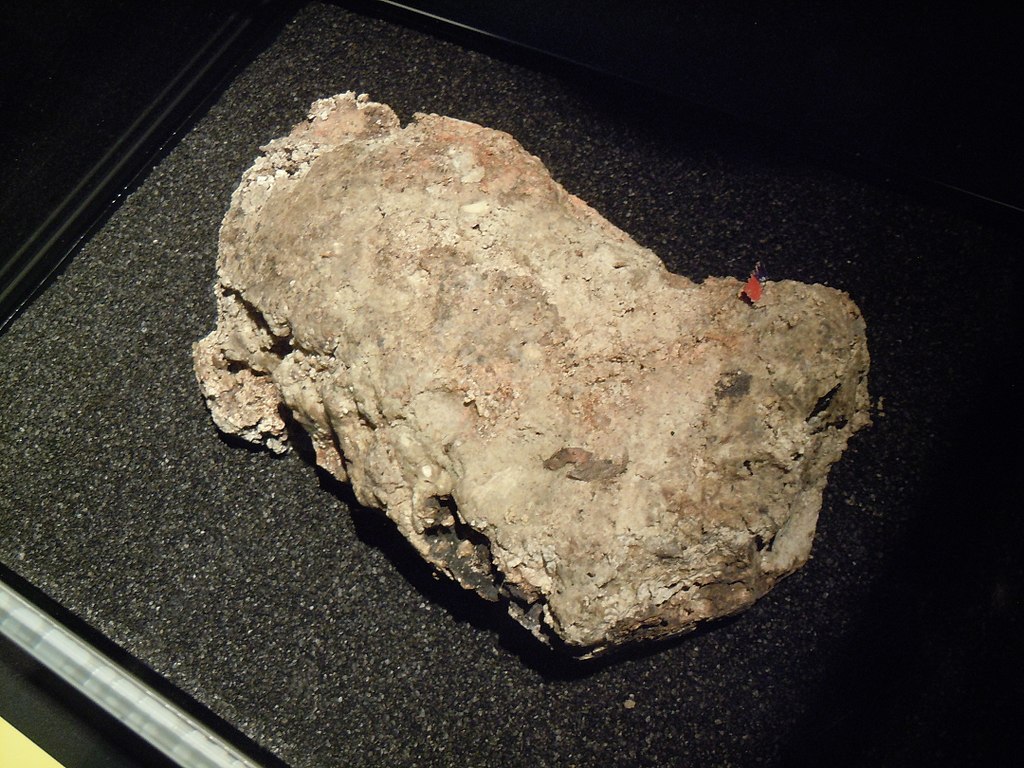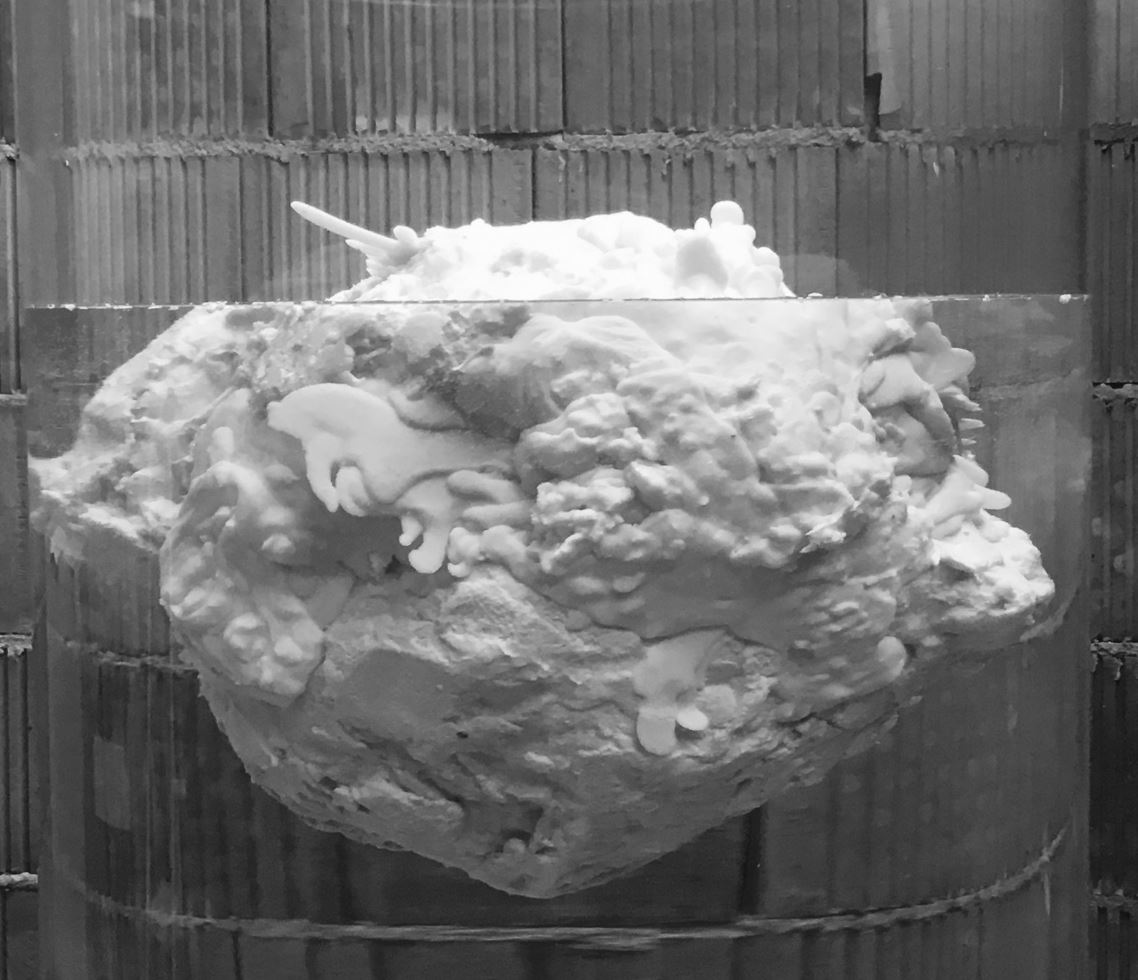Last Updated on 26/03/2023 by Alex Hamlyn
Table of Contents
Heading pre map – update map
The Hidden World of Fatbergs Beneath London’s Streets
Picture this: Victorian London, with its gas lamps casting a flickering glow on the cobblestone streets, the city bustling with the hustle of trade and the thundering hooves of horse-drawn carriages. It was in this era that the United Kingdom developed one of the most significant and impressive infrastructure projects of the time: the London sewer system.
Sir Joseph Bazalgette, the chief engineer of the Metropolitan Board of Works, envisioned a vast network of underground tunnels that would carry away the city’s waste and improve public health. Specifically, the system was built to combat the frequent cholera outbreaks and “The Great Stink” of 1858, which plagued the city due to its inadequate waste management.
The project was an immense success, revolutionizing the way people lived and turning London into the thriving metropolis we know today.
Fast forward nearly two centuries, and the city that was once the hub of the British Empire is now home to over 9 million people. London’s sewer system, a true marvel of Victorian engineering, has been a vital part of the city’s infrastructure since the mid-19th century.
The benefits of this revolutionary system were immense, leading to improvements in public health, sanitation, and ultimately, the quality of life for London’s residents. But as London’s population has grown exponentially, from around 3 million in the 19th century to nearly 9 million today, the challenges facing this aging system have intensified.
The Victorian sewers have stood the test of time, but they are now facing an enemy they were never designed to handle: fatbergs.
Modern Cooking Habits and Their Impact on Fatberg Formation
As the city’s population has grown, so too have its cooking habits. The rise of fast food and the shift toward a more disposable society have contributed to the emergence of these grotesque monstrosities lurking beneath the city streets.
The Disturbing Truth About Fatbergs: Causes and Consequences
A fatberg is an enormous mass of congealed fat, grease, and other non-biodegradable materials such as wet wipes, sanitary products, and disposable diapers. These items, which should never be flushed down the toilet or poured down the sink, coagulate and accumulate in the sewers, forming a blockage that can grow to immense proportions. Fatbergs are not only repulsive but also a significant threat to public health, causing sewage to back up into streets and homes, and posing a risk to the environment and wildlife.
The Gruelling Process of Clearing Fatbergs from London’s Pipelines
The scale of the fatberg problem is staggering. In London alone, it is estimated that tens of thousands of blockages occur each year, with Thames Water, the city’s water and wastewater provider, removing over 75,000 fatbergs annually.
The largest fatberg ever discovered in the UK was found in 2017 beneath the streets of Whitechapel. This behemoth weighed a staggering 130 tonnes and was longer than two football fields.
These vile blockages are cleared by sewer workers who must don protective gear and use high-pressure hoses, shovels, and sometimes even pickaxes to break them apart and remove them, a laborious and stomach-churning task.
Innovative Solutions for Tackling Fatbergs in London
Clearing fatbergs is an expensive and time-consuming process, costing millions of pounds each year. But can they be stopped? The answer lies in a combination of education, innovation, and changes in behaviour. In London, Thames Water has launched several campaigns to raise awareness about the proper disposal of fats, oils, and grease, as well as the dangers of flushing non-biodegradable items down the toilet. They have also introduced a network of ‘fat traps’ designed to catch grease before it enters the sewer system.

How Ordinary People Can Help Combat Fatbergs at Home
However, the responsibility does not lie solely with water companies and local authorities. Ordinary people can play a significant role in curbing the fatberg menace. Simple steps, like scraping grease and food scraps into a bin instead of washing them down the sink, can have a tremendous impact. It’s also essential to avoid flushing items like wet wipes, sanitary products, and nappies (diapers, for the Americans among us) down the toilet, as these materials do not break down easily and contribute significantly to the formation of fatbergs. By making these small but meaningful changes in our daily habits, we can help keep our sewers running smoothly and prevent the growth of these nasty blockages.
Fatbergs: A Growing Crisis Beyond London and the UK
The fatberg problem is not unique to London. Across the United Kingdom, cities and towns are grappling with similar issues in their sewer systems. The situation has reached such proportions that fatbergs have been dubbed a “national crisis.” In 2018, a monstrous 64-meter long fatberg was discovered in the sewers of Sidmouth, a small coastal town in Devon. The sheer size of this mass, found in a town with a population of just 13,000, highlights the pervasiveness of the problem.
The fatberg issue extends beyond the UK, as cities around the world confront the challenges of aging sewer systems and changing waste disposal habits. In 2019, a gargantuan fatberg measuring 210 feet was discovered in the sewers of Melbourne, Australia. In the United States, cities such as New York and Baltimore have also struggled with similar blockages, often resulting in costly repairs and infrastructure damage.
Winning the War on Fatbergs: Prevention and Future Strategies
Despite the global nature of this problem, London remains a prominent battleground in the fight against fatbergs. Its vast population, combined with the age of its sewer system, presents unique challenges that demand innovative solutions. As public awareness grows and prevention measures are implemented, there is hope that the tide can be turned against these repugnant masses.
In conclusion, the war on fatbergs in London and across the globe is far from over. These revolting blockages not only pose a threat to our sewer systems but also to public health, the environment, and our wallets. It is essential that we continue to raise awareness, pursue innovative solutions, and take personal responsibility for our waste disposal habits in order to tackle this abhorrent menace lurking beneath our feet.
As we walk the historic streets of London, let us remember that beneath the surface lies a hidden world, where fatbergs grow and fester. By arming ourselves with knowledge and taking action, we can triumph in the battle against these detestable monstrosities, preserving the integrity of our cities’ vital infrastructure and ensuring a cleaner, healthier future for generations to come.
Image credits
- Fatberg; Lord Belbury, CC BY-SA 4.0, via Wikimedia Commons
- Fatberg in water: https://www.flickr.com/photos/arnehendriks/31378517612
References
- https://www.theguardian.com/g2/story/0,3604,539938,00.html
- https://en.wikipedia.org/wiki/Fatberg
- https://www.theguardian.com/environment/2019/oct/29/bus-sized-fatberg-cleared-from-london-sewer
- https://www.theguardian.com/environment/2017/sep/12/total-monster-concrete-fatberg-blocks-london-sewage-system
- https://www.youtube.com/watch?v=3i_axpk0a7Q
- https://www.citronhygiene.co.uk/resources/what-causes-fatbergs-and-how-to-prevent-them
- https://nuflow.net/everything-you-never-wanted-to-know-about-fatbergs/
- https://www.aquatechtrade.com/news/wastewater/largest-fatbergs-uk
- https://www.standard.co.uk/news/london/biggest-ever-fatberg-weighing-whopping-130-tonnes-found-in-east-london-sewer-a3632476.html

